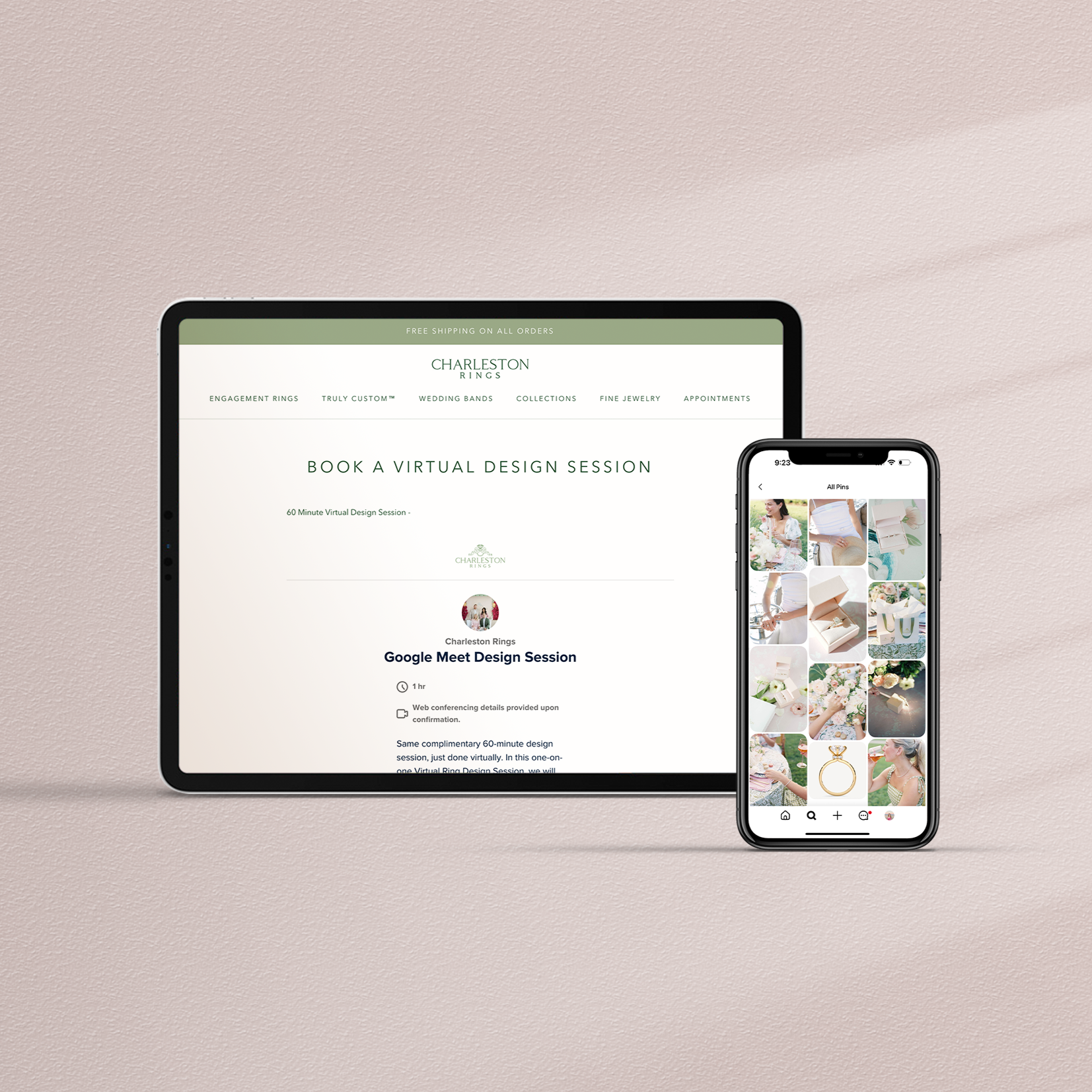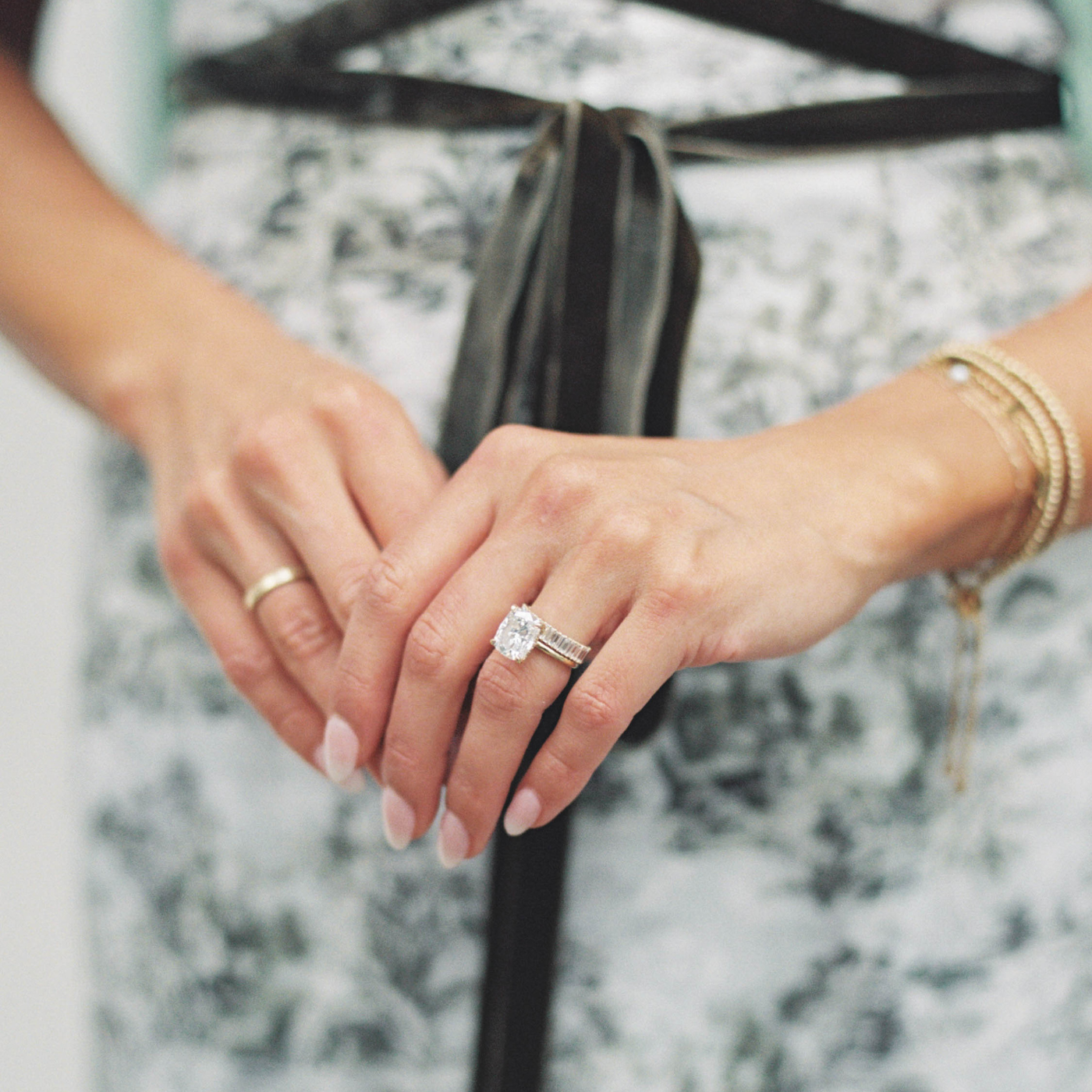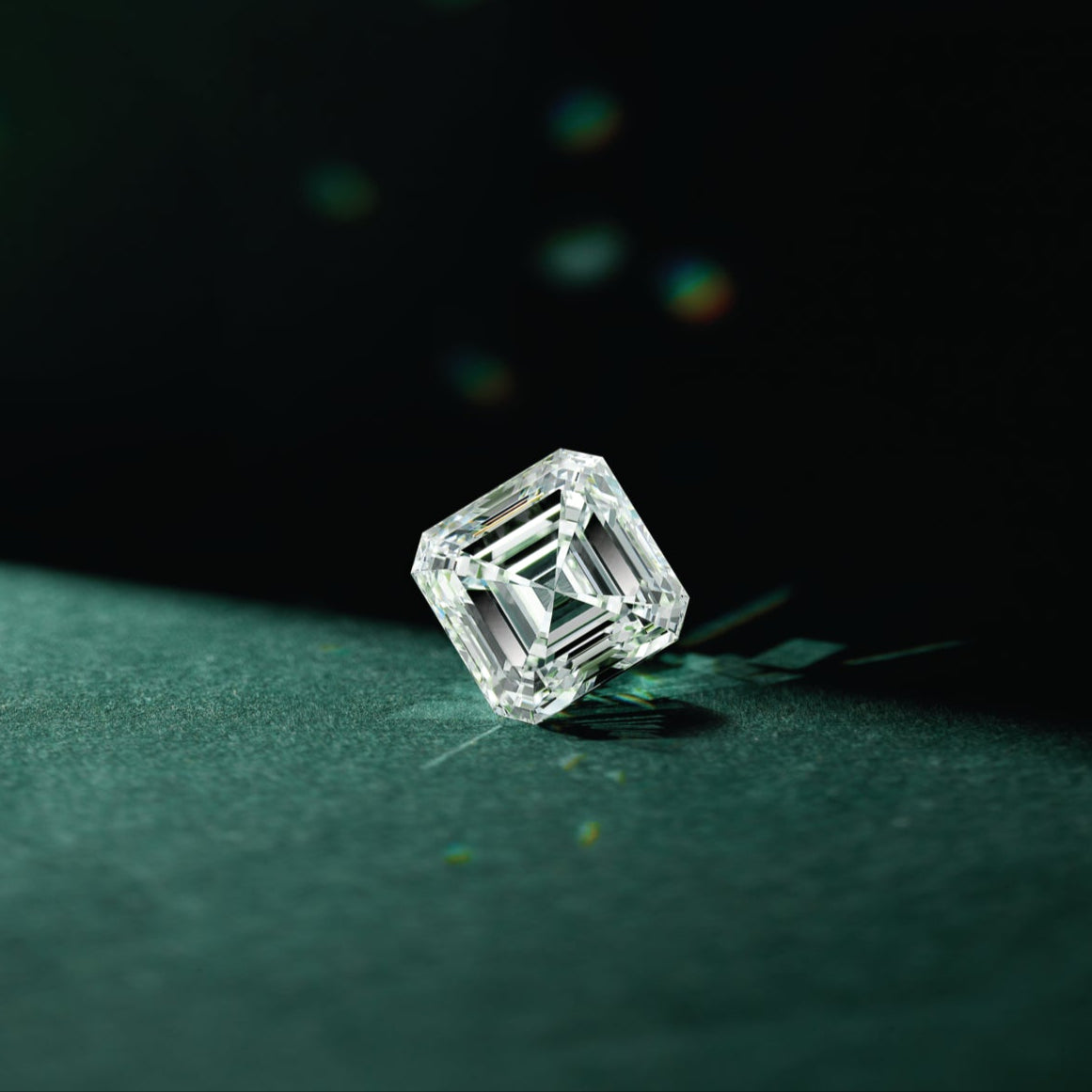
lab-grown diamonds vs natural diamonds: the ultimate durability test
Diamonds are not only famous for their beauty but also for being the hardest material on Earth. This remarkable feature leads us to an interesting question: Are lab-grown diamonds as durable as natural ones? In this article, we aim to thoroughly compare the durability of lab-grown diamonds with that of natural diamonds, shedding light on a topic that intrigues both jewelers and consumers alike.
what are lab-grown diamonds?
Lab-grown diamonds, also known as synthetic diamonds, are created in laboratories under conditions that mimic how diamonds naturally form in the Earth. Unlike natural diamonds that are mined, these diamonds are the result of advanced technological processes. This modern approach to creating diamonds brings up an important question regarding their durability compared to natural diamonds. Let’s explore this fascinating topic in detail.
understanding diamond durability
When evaluating the durability of diamonds, it's essential to consider three aspects: hardness, toughness, and stability.
Hardness: This is a key attribute that sets diamonds apart. Their unparalleled hardness, rated at 10 on the Mohs scale, means they can resist scratches from any other material. This characteristic is crucial for jewelry that endures daily wear and tear.
Toughness: While diamonds are exceptionally hard, they are not invincible. Their toughness, or resistance to breakage, can vary. Diamonds with fewer internal flaws, known as inclusions, are typically tougher. This is where lab-grown diamonds may have an advantage, as the controlled conditions of their creation can result in fewer inclusions.
Stability: This refers to how well a diamond withstands chemical reactions and high temperatures. Diamonds are generally very stable, making them resistant to corrosion and damage in most environments. However, they can be vulnerable to damage from certain chemicals and extreme conditions.
lab-grown diamonds vs. natural diamonds
The formation process of diamonds, whether in a lab or in nature, influences their characteristics.
Natural Formation: Natural diamonds are formed over billions of years under extreme pressure and heat deep within the Earth. This long process often results in various inclusions and unique characteristics in each diamond.
Lab Formation: Lab-grown diamonds are created in a much shorter period, replicating natural conditions. The two primary methods are HPHT and CVD. HPHT simulates the high-pressure, high-temperature conditions found deep underground, while CVD involves depositing carbon atoms onto a substrate in a vacuum chamber.
Durability Comparison: In terms of hardness, both lab-grown and natural diamonds are virtually the same. However, the controlled process of creating lab-grown diamonds can result in fewer inclusions, potentially making them tougher. Stability-wise, both types of diamonds are equally resistant to most environmental factors.
scientific testing methods
Various scientific tests are used to measure and compare the strength and durability of diamonds.
The Mohs Hardness Test: This test assesses a mineral's ability to resist scratching. Diamonds, scoring a perfect 10, are at the top of this scale.
The Vickers Hardness Test: This test involves measuring the indentation left by a diamond-tipped pyramid pressed into the diamond under a specific force. Studies show that lab-grown diamonds perform similarly to natural diamonds in this test.
Fracture Toughness Test: This test measures how well a diamond can resist breaking or chipping when struck. Some lab-grown diamonds have been found to have higher fracture toughness, making them less prone to chipping.
myths vs. reality
It's important to dispel some common myths about lab-grown diamonds.
'Fake' Diamonds: Lab-grown diamonds are often mistakenly thought of as 'fake.' However, they are real diamonds, with the same chemical composition and physical properties as natural diamonds.
Value and Rarity: Another myth is that lab-grown diamonds are less valuable because they're easier to produce. While they are more accessible, their creation process is complex and technologically advanced, contributing to their value.
Durability and Longevity: There's a misconception that lab-grown diamonds are less durable. However, their durability is comparable to that of natural diamonds, making them equally suitable for everyday wear.
Identifying Lab-Grown vs. Natural Diamonds: It's nearly impossible for the average person to differentiate between lab-grown and natural diamonds. Only specialized equipment and trained experts can accurately identify the differences.
Lab-grown diamonds are a sustainable and ethical choice, offering the same beauty and durability as natural diamonds but with a smaller environmental footprint.
summarizing key points
In our comprehensive comparison of lab-grown and natural diamonds, we've uncovered some enlightening facts about their durability:
Unmatched Hardness: Both lab-grown and natural diamonds excel in hardness, achieving the highest rating on the Mohs scale. This makes them incredibly resistant to scratches, a key factor for jewelry that endures daily wear.
Enhanced Toughness: While natural diamonds are known for their unique inclusions, these can sometimes affect their toughness. Lab-grown diamonds, crafted with precision in controlled environments, typically have fewer inclusions, which may contribute to greater toughness and resistance to breakage.
Remarkable Stability: Despite different origins, both lab-grown and natural diamonds share a high level of stability, capable of withstanding various environmental and chemical exposures. However, care should be taken to protect them from extreme conditions.
Scientific Validation: Through rigorous testing, including the Mohs Hardness Test and Vickers Hardness Test, lab-grown diamonds have demonstrated durability on par with natural diamonds, challenging any misconceptions about their quality.
Myth Busting: It's important to acknowledge that lab-grown diamonds are indeed real diamonds, sharing the same chemical composition and physical properties as their natural counterparts. Their more accessible production process doesn't detract from their value or longevity.
your next steps
Armed with this knowledge, you're now in a great position to explore the world of lab-grown diamonds further. Charleston Rings offers an exceptional opportunity to witness the allure and resilience of these stones. Whether your interest is driven by ethical considerations, a passion for sustainable living, or simply a love for timeless beauty, our collection at Charleston Rings is a perfect starting point.
Delve into our diverse range of lab-grown diamonds and discover pieces that resonate with your style and values. Our experts are on hand to guide you through the selection process, ensuring that your choice not only captivates your heart but also aligns with your commitment to sustainability.
Take a step towards responsible luxury. Visit Charleston Rings and let us help you find a lab-grown diamond that epitomizes both elegance and ethical consciousness. Begin your journey with us today and be part of a movement that cherishes the planet as much as it cherishes unparalleled beauty!













